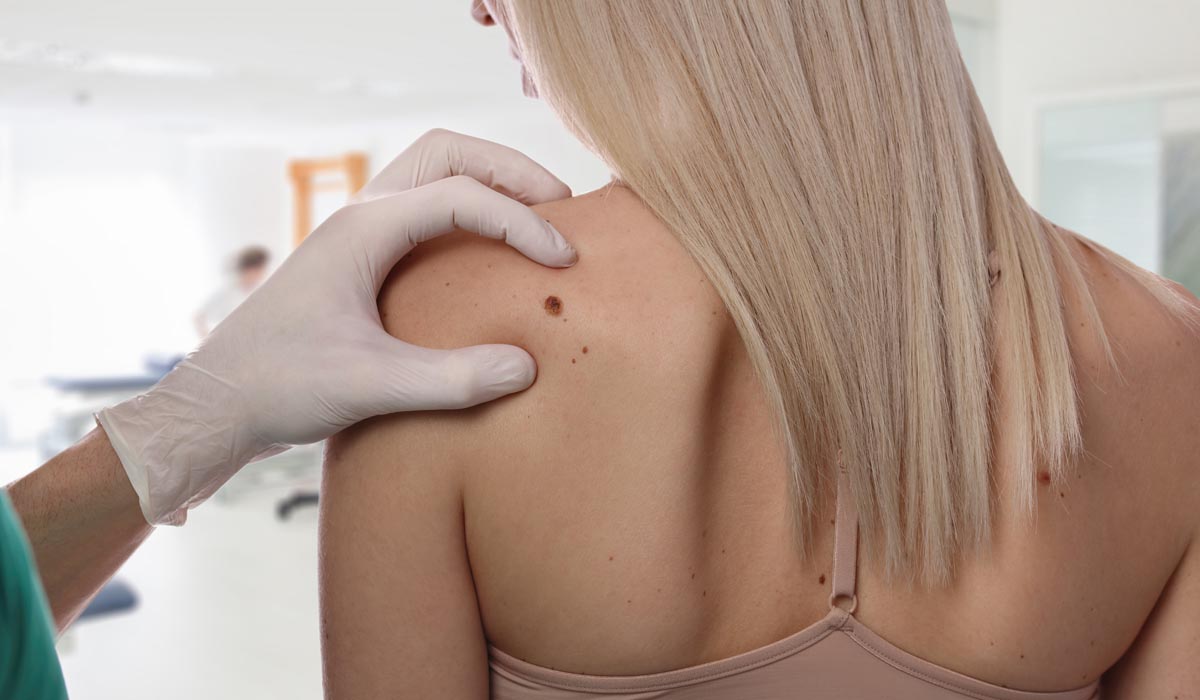✨Book online and enjoy a 5% discount on your first consultation
Home » Dermatology Services » Removal of Moles & Tags

Removal of Moles & Tags
Different skin lesions or growths like moles and skin tags, which are otherwise harmless, can impact a person’s confidence. These can look ugly and out of place. Medically, tags are called acrochordon, and moles are called a melanocytic nevus. Moles are growths formed by clustered skin cells or melanocytes, while tags are tiny balloon-like structures, soft to touch. Both the lesions are common growths and are primarily benign. The good thing is that our medical professionals can remove moles and tags.
Possible Causes
Both moles and tags have different causes.
Risk Factors
The risk factors associated with mole and tags are:
Signs and Symptoms
Diagnosis
The dermatologists are able to diagnose skin tags and mole by looking at them. In most cases people only require a visual exam. However, if doctor has any doubt, they may also perform a biopsy. A lab test and a particular tissue inspection are used to confirm the mole’s origin.
Treatment Options at 7DMC
Licensed and trained doctors at the 7DMC Aesthetics & Dermatology Clinic are experts in offering optimized patient care solutions. With a mix of non-invasive and invasive procedures, we aim at providing holistic treatment. Some of treatment options we offer:
Moles: Our specialists evaluate the moles to understand if these are regular or cancerous. Ordinary moles generally do not require removal. Cancerous moles need to be removed. If tests show that the mole is cancerous, it is removed via surgical procedures. It necessitates the use of in-office techniques.
Skin Tags Removal Treatment: Our doctors evaluate the tags and advice removal only if the lesions irritate or become the source of discomfort for the patient. Experts will recommend skin tags removal if it is an aesthetic or cosmetic issue.
Our plastic surgeons and dermatologists have specialized knowledge of safe cosmetic skin-growth removal procedures to offer the desired results.
When you notice changes in a mole’s color, size, or shape, you must visit a dermatologist for evaluation. Also keep an eye if they bleed, ooze, itch, or become tender or painful.
Most moles are harmless and painless unless rubbed or they bump against something. Skin tags are also harmless, small, soft pieces of skin that hangs out. They mostly appear on the neck, upper trunk, armpits, and body folds.
Friction and rubbing may lead to the formation of a skin tag. Sometimes use of cheap alloy jewelry can also cause skin tag. If you are over the age of 50 or have diabetes, you are more prone to skin tags.
Near Dubai Miracle Garden,
Diamond Business centre A,
1st Floor,
Arjan, AI Barsha,
Dubai.
WhatsApp us